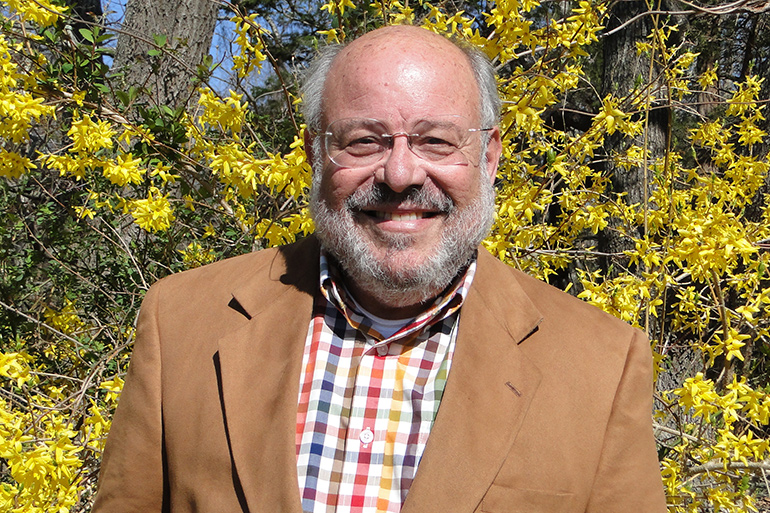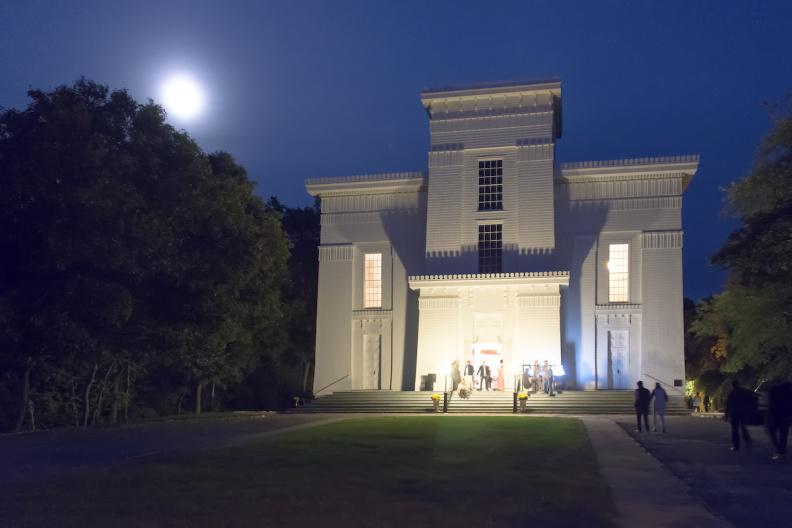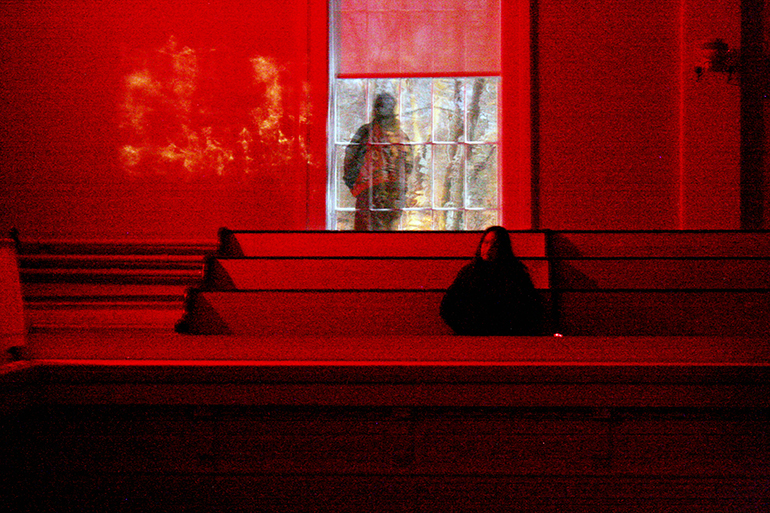Audrey Flack: A Tribute
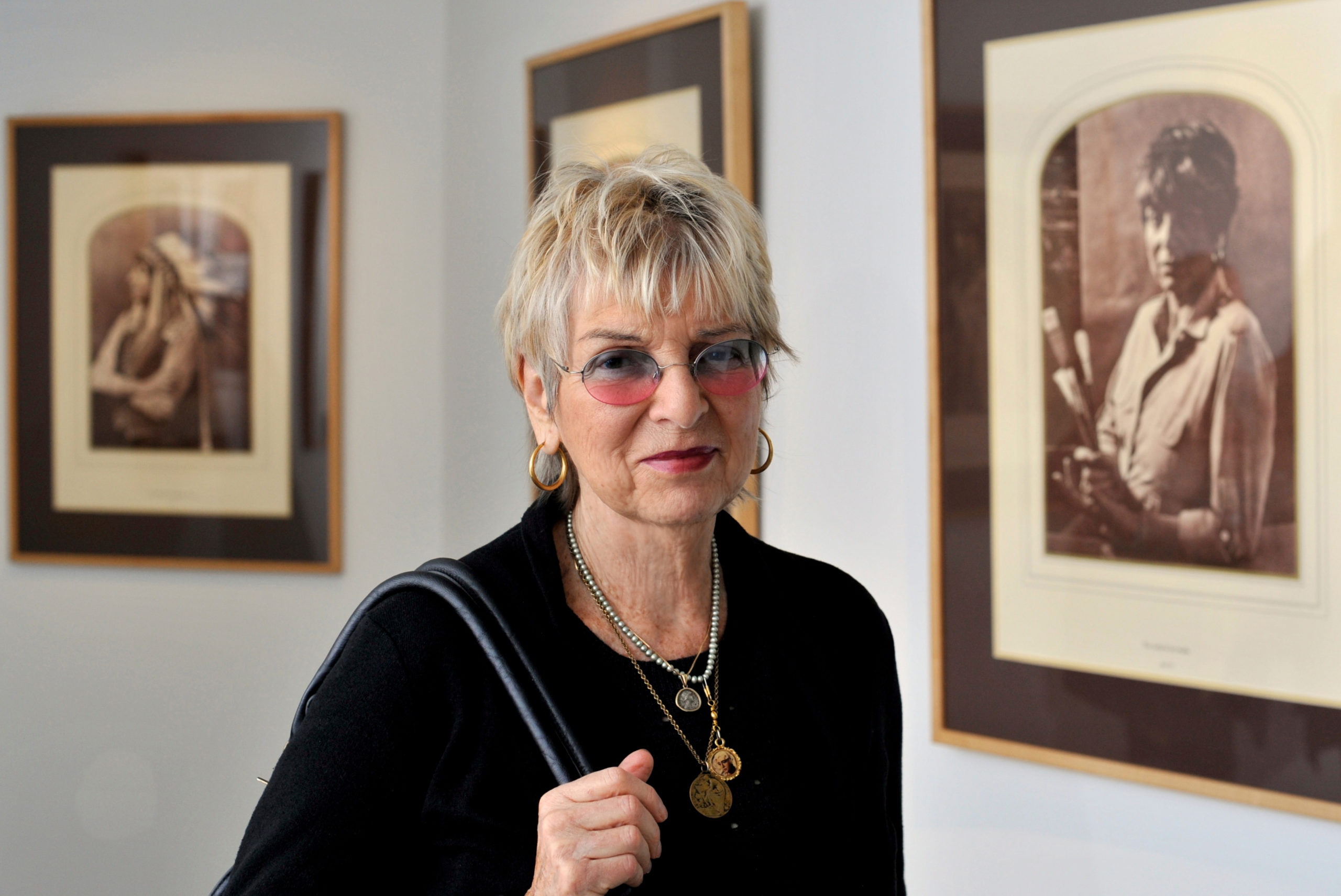
Audrey Flack died in Southampton on June 28 at the age of 93. She was one of America’s greatest artists, having helped found, among others, the Photorealism art movement in the early 1960s. Her work is owned and displayed at the Metropolitan Museum of Art, the Museum of Modern Art and the Guggenheim in Manhattan, and many other museums around the world. She is also celebrated at the Smithsonian, where one of her works has graced the walkway leading up to the main entrance of that building, and she was the first woman to be included in Janson’s History of Art.
Flack was already a legend when I moved out here and heard about her. She was a contemporary of many of the famous artists who lived and painted in the Hamptons back then and knew Jackson Pollock, Willem de Kooning, Larry Rivers, Franz Kline and Roy Lichtenstein, among others.
Soon, I saw some of her paintings. They were stunning. It was hard to believe they weren’t simply photographs. I also met her socially, at various parties we separately attended. Of course, I offered to display one of her paintings on the cover of Dan’s Papers . The first one I dispayed was her incredible painting of Marilyn Monroe.
It was in 1977, though, when I was in my mid-30s and she in her 40s that we became friends. That summer, I lived and held musical jam sessions on the rear deck of a 54-foot yacht berthed in a Three Mile Harbor marina. I ran a little ad in the paper. “Come to the jam,” it read. Anybody who wished to do so could call me and get invited as long as they brought a potluck covered dish, played an instrument, and could contribute a song or two. On board, I had a washtub bass, a tambourine, a washboard drum, and maracas to accompany those who brought more serious instruments to play songs such as “Foggy Mountain Breakdown,” “Old Joe Clark” and “Sloop John B. ” We played every Saturday night from 6 p.m. to sunset at 9 p.m.
Audrey was not invited directly. She came as a guest of a guest carrying food and a banjo. Her singing voice, I recall, was very loud and overpowering, and I soon politely asked her to try to sing a little more quietly to blend in more, which she did.
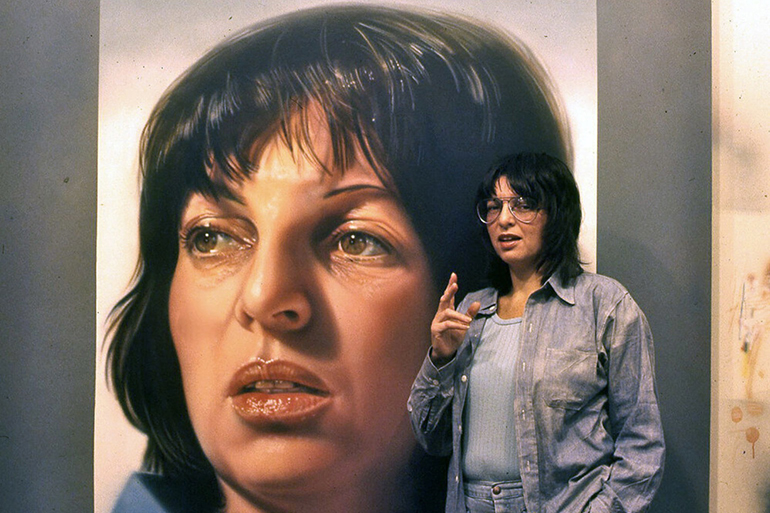
That first jam she went to triggered an important new addition to her career, she later told me. Her musical group, called Audrey Flack and the History of Art Band, soon was performing at clubs around town. She also turned to sculpting, creating statues of beautiful and powerful goddesses, a further new direction for her work.
Flack lived all her adult life in Manhattan and in a cottage on Cross Highway between Lee Avenue and Lily Pond Lane in the Estate Section of East Hampton. She worked in her huge barn in the back.
Occasionally visiting her and her husband Bob Marcus at her house, I began to think of Audrey as a force of nature, a powerhouse of action. She’d call me up and invite me over to a “ asking that I bring my autoharp. She and I, and others would play songs on her porch to entertain dozens of guests at these gatherings. Other guests, such as prominent authors, would be asked to read from their books.
I’d also get invited over as a member of the press to see her latest work and listen to her thoughts on the subject. Some sculptures, almost all goddesses, were 10 and 15 feet high. Some were commissioned and created for public places in various cities — among them as I recall — Nashville, Tennessee.
I enjoyed these parties. At her house I befriended many new people who were her family and friends. Audrey orchestrated it all. She was a woman who knew exactly what she wanted to do in her life. And she loved the many people who responded to her in positive ways.
I think besides the work itself and the fame it brought her, the most public commission she got was from a land developer in Queens intending to build a huge statue nearly 40 feet high atop a 15-foot pedestal on the shoreline at Hunter’s Point facing the Statue of Liberty. It would be a statue of Catherine of Braganza, the Portuguese princess, who became the Queen of England, Ireland and Scotland and the wife of King Charles II. The princess’ arms would extend out across the water holding a sphere — the Earth — toward the Statue of Liberty. It would be the second tallest statue you would see as you approached New York City aboard a ship, the Statue of Liberty on one side, this Statue of Freedom on the other.
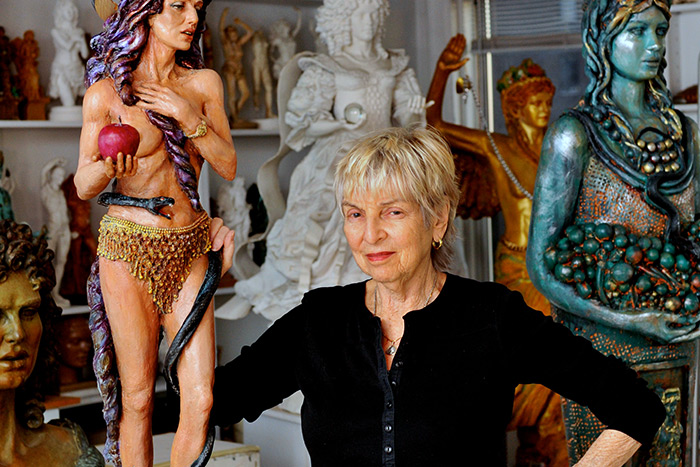
Flack designed and built the statue of the princess, the first of them, standing 7feet high, which she showed us at her studio. She then built a second one, 20 feet high, and, finally, the actual one, a full 40 feet up, which was constructed for her in a foundry in upstate New York.
Ultimately, however, the president of Queens Borough, Claire Shulman, who initially approved this work, changed her mind about it. Opponents to it said it was turning its back on Queens facing out across the water. They also said that the princess owned slaves, and though they had been inherited by her and they were set free by the will she wrote read after her death, it didn’t matter. The statue never stood. And 10 years later, it was taken apart upstate for scrap.
Flack had two daughters, Hannah and Melissa. For half a century, she was inseparable from her second husband, Bob Marcus, who died this past May at the age of 95. Often you read about partners such as this. One goes and then soon thereafter the other. This seems to be how this happened.
I think Flack had hundreds of friends who loved her as I did. And because she was athletic and vigorous and continuing her work into her 90s, I really thought she might live forever. It came as a great shock to me that she left us when she did. She remains alive in my memory.
The death of Audrey Flack is a great loss. Everyone who knew her will miss her.
